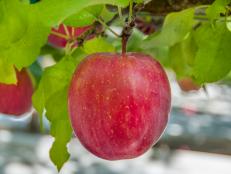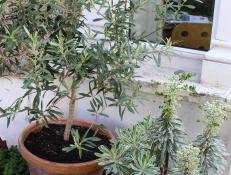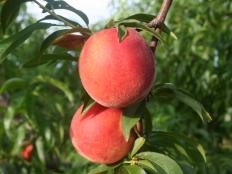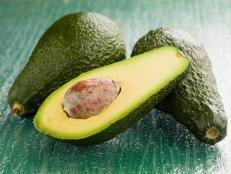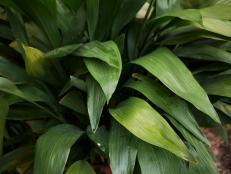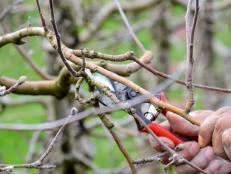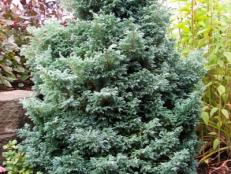Low-Maintenance Apple Trees
Disease-resistant varieties cut down on the amount of spraying.

Image courtesy of Bailey Nurseries
Having a couple of productive, low-maintenance apple trees in the backyard — ones that yield serviceable crops without lots of spraying — sometimes seems like an impossible dream. If the apple is America's favorite fruit, it's also the favorite of several significant diseases and pests.
Depending on the geographical region and the weather, apple trees can be beset by cedar-apple rust, powdery mildew, fire blight, bitter rot and apple scab. Among the bugs, there are codling moths, plum curculios, mites, aphids, scale and leaf rollers.
What usually helps the gardener is choosing disease-resistant cultivars. These varieties won't prevent the bugs from coming to your trees, of course, but they'll at least offer a good shot at thwarting whichever diseases tend to plague apple trees in your area. Planting varieties like these — or others as recommended by your local extension agent (how well any given cultivar does has everything to do with region) — can drastically cut down on the amount of spraying you have to do.
Liberty. One of the best disease-resistant cultivars, Liberty is highly resistant to apple scab and resistant to cedar apple rust and fire blight. It ranges from moderately resistant to susceptible to powdery mildew. A medium-size McIntosh-like fruit that ripens midseason; it's sweet, juicy and crisp; color is red-stripe-over-greenish-yellow. It blooms midseason, so pair with other mid- or late-blooming cultivars. USDA Zones 4 to 7.
Enterprise. Resistant or field immune to apple scab, highly resistant to cedar apple rust and fire blight, and variably moderately resistant to susceptible to powdery mildew. The large, bright red, glossy apple has a juicy, spicy and crisp flavor; it's thick-skinned. The tree blooms in mid- to late-season and the fruit ripens late. It keeps for months under refrigeration, and its flavor improves after the first month. Pair with Goldrush, Gala and Golden Delicious. USDA Zones 5 to 7.
Goldrush. This variety is field immune to apple scab, highly resistant to fire blight, and moderately resistant to powdery mildew. It's susceptible to cedar-apple rust, however, so choose another variety if you live in an area where cedar-apple rust is common. It blooms late; pair with Enterprise, Gala or Golden Delicious. The fruit is large, yellow, semi-tart, crisp and juicy. The fruit ripens late and keeps well.
Pristine. This cultivar is field immune to apple scab, resistant to cedar apple rust, highly resistant to powdery mildew, and moderately resistant to fire blight. It blooms early; pair with Liberty, Pristine, William's Pride, Redfree or Jonafree. The large, yellow fruit is tart and crisp. Great for cooking. Ripens early.
Redfree. Field immune to apple scab and cedar apple rust, moderately resistant to fire blight and powdery mildew, Redfree blooms in midseason. Pair with other mid- and late-blooming cultivars. The medium-sized, bright red fruit is sweet and crisp. Ripens early and keeps about one month in the refrigerator.
Those are just a few of the great disease-resistant apples you could be planting. A couple of other points:
- Take in some apple-testing festivals this fall and try new varieties. Consult your local extension office and regional nurseries to find out which cultivars do the best in your area.
- Areas of the country that don't meet the normal chill requirements for most apples need low-chill cultivars like 'Anna', 'Dorsett Golden' and 'Tropic Sweet'.
So, about the bugs. These good cultural practices provide a little protection against pest attacks:
- Give the tree the best possible location, and it will be better able to withstand stress and pest attacks. Sun and well-drained soil are essentials.
- Remove all dead branches, using a 10 percent solution of bleach to disinfect the pruners before you move on to the next tree. If wood looks diseased, disinfect pruners after each new cut.
- Spray horticultural oil at the first sign of green in the spring to help get rid of scale insects and limit mites and aphids.
- Remove all dried fruit or fruit debris (either still on the branch or fallen) in the fall. Also rake leaves and remove them.






